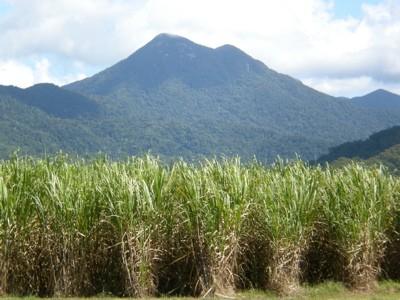10 Common Stud Stock Mistakes and How to Avoid Them


It is a fact that superior genetics can increase the value of a commercial herd by up to 40% over five years. In spite of this, many livestock producers fail to capitalise on this potential due to preventable errors in their breeding programmes. Stud stock represents far more than a simple livestock purchase, as these breeding animals form the genetic foundation that will influence farm profitability for generations to come.
Success in this domain involves more than just acquiring quality animals. It demands strategic planning, meticulous management, and an understanding of both genetic principles and practical husbandry. This comprehensive guide examines ten critical yet avoidable mistakes that livestock producers commonly make, from initial selection through to daily management, providing actionable insights that can transform a breeding operation from mediocre to exceptional.
At Farmbuy, we've observed these patterns across countless operations, and understanding these pitfalls can mean the difference between a thriving breeding programme and one that consistently underperforms.
Key Mistakes in Foundational Selection and Genetics
The genetic foundation of any herd or flock establishes its production ceiling for years, if not decades. Due to this, initial selection decisions are among the most consequential choices a producer will make. Most critical errors occur before animals even arrive at the stud property, when excitement and market pressures can override careful evaluation and long-term thinking.
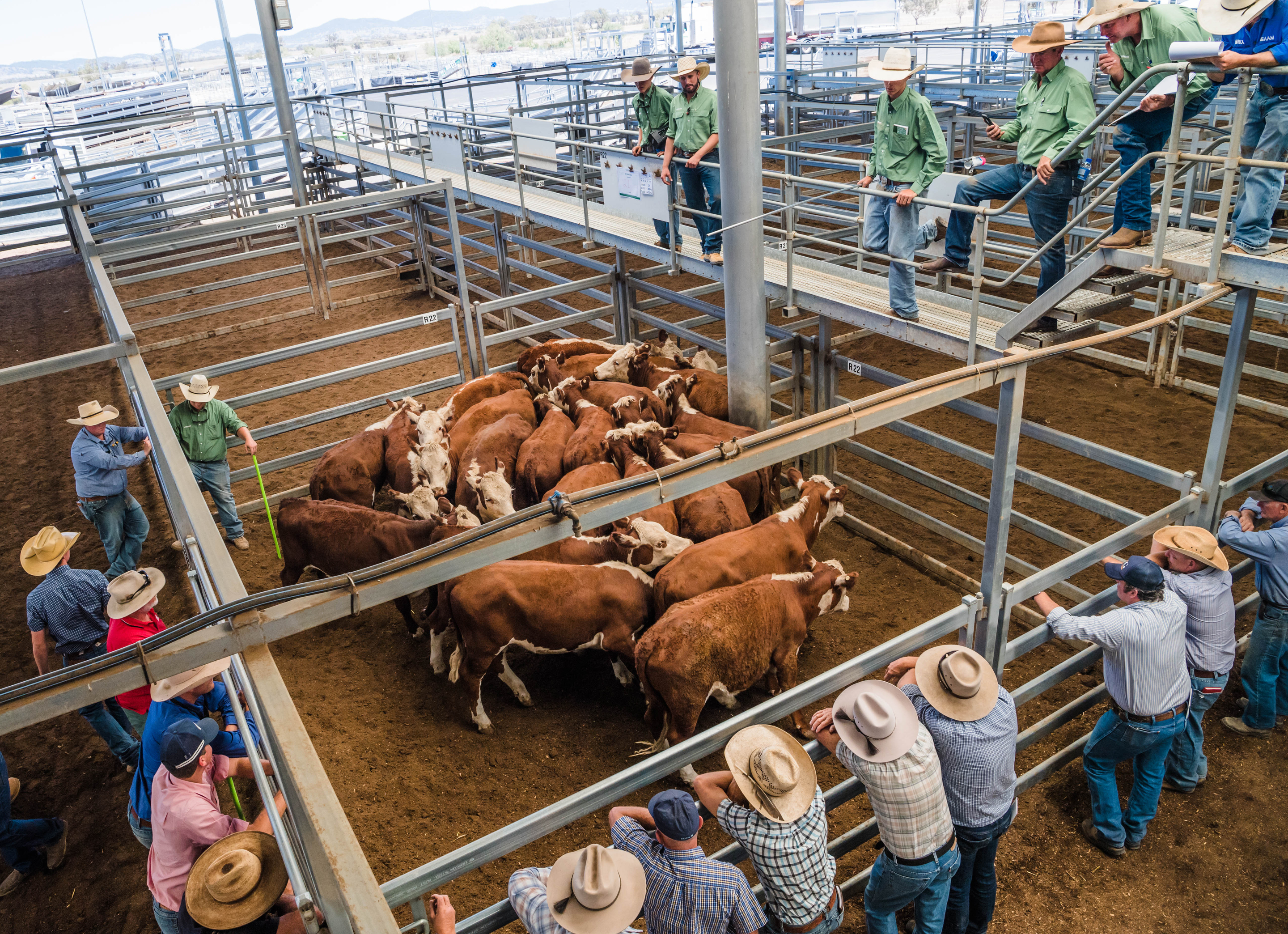
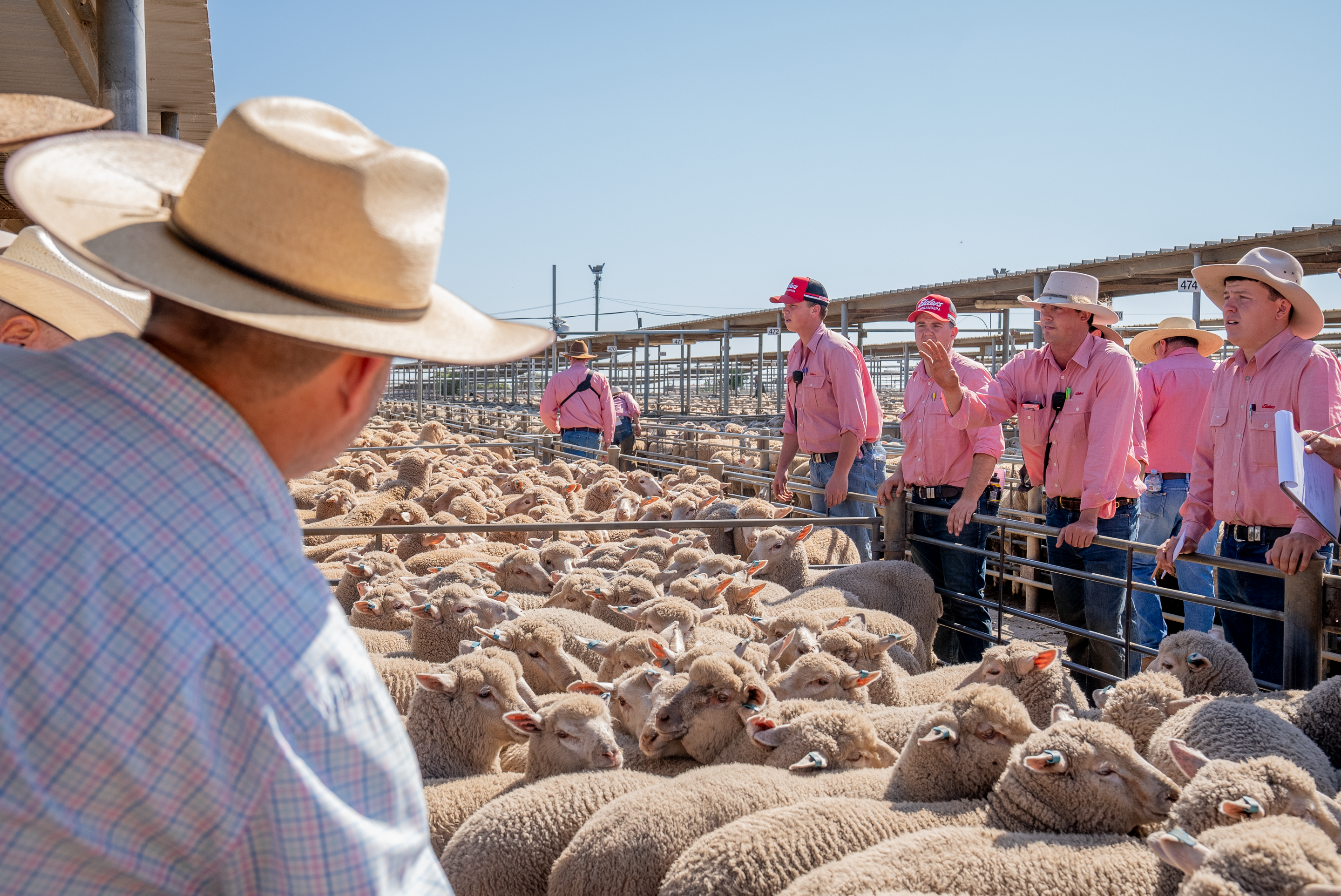
Mistake 1: Purchasing on Price Instead of Value
The allure of bargain breeding stock often proves irresistible to producers establishing or expanding their operations. However, this short-sighted approach typically results in inferior performance, conformation faults, and escalating veterinary expenses that far exceed any initial savings.
True value assessment requires examining proven performance data, reviewing Estimated Breeding Values (EBVs) that predict genetic merit, and sourcing from reputable breeders who maintain transparent health and production records. This is much like constructing a building where foundation quality determines the entire structure's longevity and stability.
Buyers exploring a stud farm for sale through platforms like Farmbuy should prioritise the genetic quality of existing stock over infrastructure alone. Superior bloodlines can overcome facility limitations, but the reverse rarely holds true.
Mistake 2: Ignoring Genetic Diversity and Inbreeding
Inbreeding depression manifests through reduced fertility rates, compromised immune systems, and lower offspring survival. Still, many producers inadvertently narrow their genetic pool through popular sire syndrome, where fashionable bloodlines become dangerously overrepresented.
Strategic outcrossing, genetic testing to calculate inbreeding coefficients, and careful mating plans that balance desired traits with genetic diversity represent essential tools for maintaining herd vitality across generations. Modern genomic technologies now enable producers to identify carriers of recessive genetic disorders before they proliferate through the breeding population. They are key tools in preventing costly health issues that can devastate both animal welfare and economic returns.
Mistake 3: Oversimplifying Sire Selection
Visual appeal and championship ribbons may impress at shows, but selecting sires based solely on phenotype or single trait excellence ignores the complex inheritance patterns that determine offspring quality across multiple economically important characteristics.
A balanced approach combines traditional visual assessment of structural soundness with objective data from EBVs and genomic testing. These metrics predict an animal's genetic merit for traits including growth rate, fertility, carcass quality, and disease resistance with far greater accuracy than appearance alone can provide. Producers must understand that EBVs represent the gold standard for genetic evaluation, offering predictions based on the animal's own performance, pedigree information, and progeny data when available, thereby removing much of the guesswork from breeding decisions.
Critical Oversights in Management and Strategy
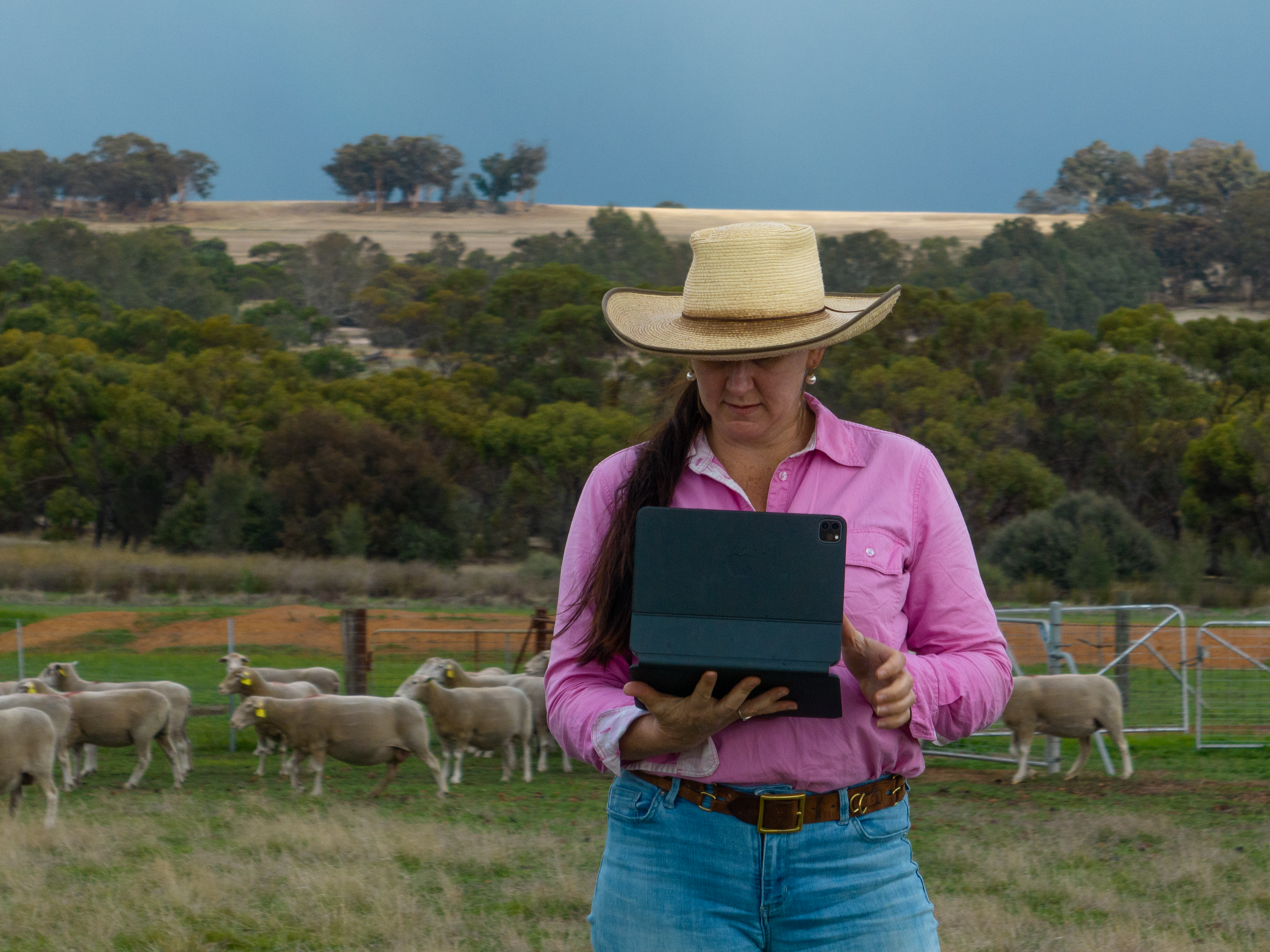
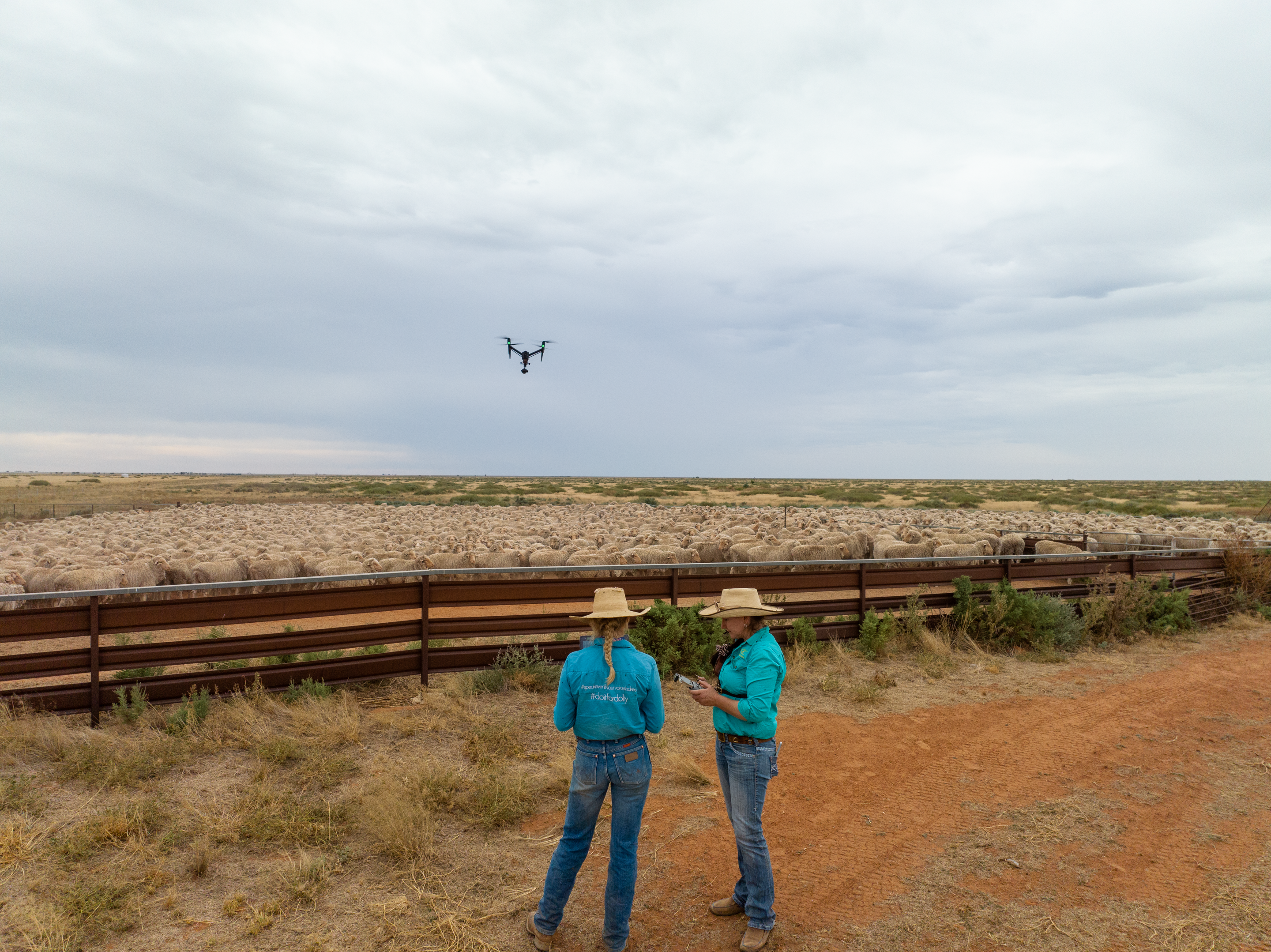
Even exceptional genetics require disciplined management and strategic direction to translate potential into tangible profits. Note that it is ultimately day-to-day operational decisions that determine whether superior bloodlines fulfil their promise or become expensive disappointments.
The transformation from genetic potential to productive reality depends upon systematic approaches to record-keeping, breeding planning, and selection pressure that many producers, overwhelmed by daily demands, neglect to implement effectively.
Mistake 4: Neglecting Accurate Record Keeping
Poor documentation creates a cascade of problems including uninformed breeding decisions, inability to track genetic progress, missed health interventions, and the gradual erosion of any breeding programme's effectiveness. Essentially, this mistake causes you to fly blind in an industry where data drives success.
Essential records encompass:
- Birth dates and weights
- Vaccination schedules
- Breeding dates and outcome
- Health treatments
- Progeny performance metrics
- Financial data
Together, they provide the comprehensive picture necessary for informed decision-making. These are information that modern cattle and sheep management software can organise far more effectively than traditional notebooks, though even simple written records surpass memory alone.
Farmbuy marketplace data shows that stud farms for sale with comprehensive historical records command premium prices, as buyers recognise the value of documented breeding programmes over those relying on anecdotal evidence.
Mistake 5: Lacking a Clear Breeding Plan
Operating without defined breeding objectives resembles navigation without destination, leading to inconsistent results, market misalignment, and the gradual drift away from economically relevant traits that buyers demand.
Successful breeding plans establish measurable goals based on market requirements and environmental constraints, incorporate pre-breeding soundness examinations to ensure sire fertility and structural integrity, and maintain flexibility to adjust strategies as market conditions evolve, whilst maintaining core genetic direction.
Whether targeting prime lamb production, wool quality improvement, or beef carcass excellence, clear objectives guide every selection decision and prevent the common trap of chasing fashionable traits that may offer little economic benefit in specific production systems.
Mistake 6: Failing to Cull Effectively
Sentiment and misplaced optimism lead many producers to retain underperforming or genetically inferior animals that dilute overall herd quality, consume resources better allocated to superior stock, and perpetuate undesirable traits through successive generations.
Objective culling criteria including fertility performance, temperament scores, production metrics relative to contemporaries, and structural soundness assessments remove emotion from these difficult but essential decisions that accelerate genetic progress. Professional breeding operations recognise culling as a powerful selection tool that concentrates superior genetics, while eliminating animals that, regardless of individual appeal, fail to contribute meaningfully to breeding objectives.
Health, Nutrition and Environmental Missteps
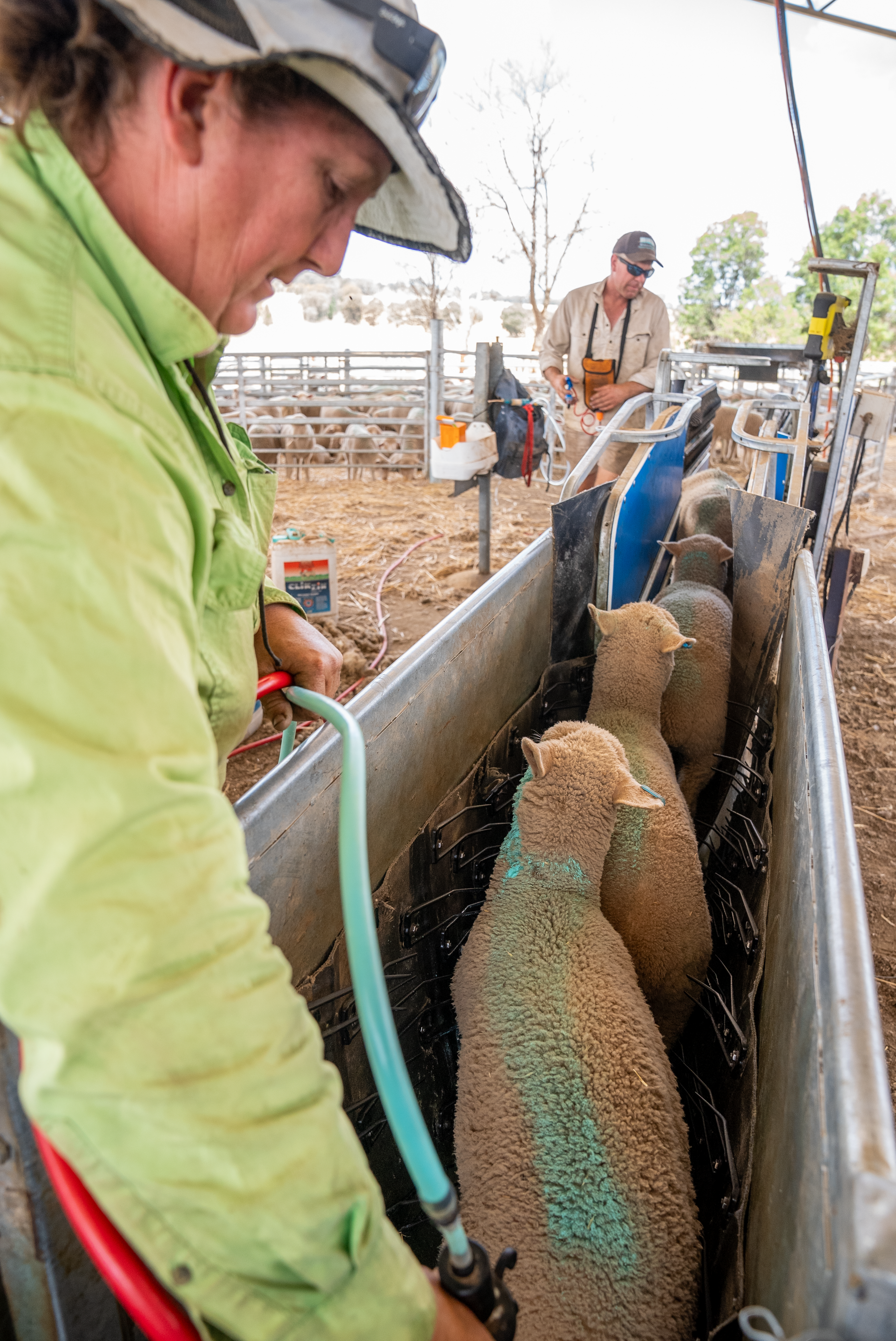

The finest genetics cannot overcome inadequate nutrition, poor health management, or substandard facilities. These fundamental husbandry factors directly influence reproductive performance, offspring viability, and the expression of genetic potential. Creating optimal conditions for breeding stock requires understanding how environmental factors interact with genetics to either enhance or suppress the traits producers seek to develop.
Mistake 7: Providing Inconsistent or Improper Nutrition
Nutritional requirements fluctuate dramatically across production stages, from gestation, lactation, growth, and maintenance. Yet, many producers apply one-size-fits-all feeding strategies that compromise fertility through either undernourishment or obesity-related birthing complications.
Balanced nutrition programmes must account for protein and energy requirements, mineral supplementation particularly for reproductive function, seasonal pasture quality variations, and constant access to clean water. Regular body condition scoring should guide adjustments to prevent both wasteful overfeeding and productivity-limiting deficiencies. Research consistently demonstrates that strategic nutritional management during critical periods, particularly the final trimester and early lactation, profoundly influences both dam recovery and offspring performance throughout life.
Mistake 8: Overlooking Preventative Health Care
Reactive health management that addresses problems only after the appearance of clinical signs will cost significantly more than proactive prevention.
Actions include comprehensive vaccination programmes, strategic parasite control, and biosecurity measures that prevent disease introduction to the stud property. Core preventative protocols include age-appropriate vaccination schedules, regular faecal egg counting to guide targeted deworming, quarantine procedures for incoming stock, and environmental management that reduces pathogen loads through proper drainage, pasture rotation, and facility hygiene.
Disease outbreaks can devastate years of genetic progress overnight, making prevention not merely a money-saving measure, but essential for maintaining breeding programme continuity.
Mistake 9: Ignoring Young Animal Management
The future productivity of any breeding operation literally begins with its youngest members, yet many producers underestimate the lasting impact of early-life management on adult performance. It is crucial to not make the mistake of treating young stock as an afterthought rather than priority investment.
Critical interventions include:
- Ensuring adequate colostrum intake within the first hours of life
- Maintaining hygienic environments that prevent neonatal infections
- Implementing appropriate vaccination and health protocols
- Providing nutrition that supports optimal growth without causing developmental disorders
Those searching for livestock for sale through Farmbuy should scrutinise the rearing conditions and early management protocols of potential purchases, as these factors influence long-term breeding success more than many realise.
Mistake 10: Neglecting Facilities and Infrastructure
Substandard yards, inadequate fencing, and poorly designed handling facilities that create stress. Consequences of this error are suppression of fertility, increased injury risks that can end breeding careers prematurely, and elevated disease transmission through overcrowding or poor ventilation.
Investment in well-designed infrastructure that prioritises animal welfare, handler safety, and operational efficiency pays dividends through improved reproductive rates, reduced veterinary costs, and the ability to implement management procedures effectively. They are considerations that smart buyers evaluate carefully when assessing any stockyard for sale. Modern facility design incorporating curved races that exploit natural livestock behaviour, adjustable handling equipment accommodating different species and sizes, and weather protection for vulnerable animals are not luxuries, but are necessary for professional breeding operations.
Final Thoughts on Successful Stud Stock Management
Successful stud stock management emerges from the integration of thoughtful genetic selection, strategic operational planning, and meticulous daily husbandry that together transform breeding animals from simple livestock into powerful engines of farm profitability.
The mistakes outlined throughout this guide, from prioritising purchase price over genetic value to neglecting young stock management, represent not isolated failures, but interconnected weaknesses that compound to undermine breeding programme effectiveness. By avoiding these common pitfalls and implementing the corrective strategies discussed, livestock producers can ensure successful breeding operations. With this checklist, you can consistently deliver superior genetics, meet market demands, and generate sustainable returns across generations, turning your investment in quality breeding stock into a lasting competitive advantage that defines your operation's success for years to come.
Frequently Asked Questions
What are the biggest risks of poor record keeping in animal breeding?
Inadequate records lead to ineffective selection decisions, potential spread of genetic disorders through untracked carrier matings, significant financial losses from missed opportunities, and the complete inability to measure genetic progress over time. These consequences essentially eliminate any competitive advantage from breeding programmes.
How do you avoid genetic problems when selecting breeding animals?
Comprehensive genetic screening, careful pedigree analysis to identify potential inbreeding, utilisation of EBVs for objective assessment, and sourcing exclusively from reputable breeders who provide transparent health testing results and breeding records. These form the foundation of sound genetic selection.
What is the most common mistake when starting a breeding program?
Choosing foundation animals based primarily on low purchase price, rather than on genetic quality, health status, and alignment with breeding objectives. This mistake consistently emerges as the most damaging error, setting programmes on a trajectory of mediocrity that proves difficult and expensive to correct.
How important is nutrition for breeding animal health?
Nutrition directly determines reproductive success. Deficiencies or excesses in protein, energy, vitamins, and minerals will cause reduced conception rates, increased embryonic loss, compromised offspring viability, and extended recovery periods that can derail entire breeding seasons.
What are the first steps to creating a breeding plan?
Define measurable goals aligned with market demands, select foundation animals whose genetics support these objectives, establish a realistic timeline for the breeding season considering environmental factors, and implement recording systems to track progress toward stated goals.
Why is culling important for a stud operation?
Strategic culling removes animals carrying undesirable traits or demonstrating poor performance, thereby concentrating superior genetics, accelerating genetic improvement rates, and ensuring resources support only those animals contributing meaningfully to breeding objectives
What is inbreeding depression and how can I avoid it?
Inbreeding depression describes reduced fitness resulting from mating related animals. This manifests through decreased fertility, compromised immunity, and reduced vigour. You can avoid this through maintaining accurate pedigrees, calculating inbreeding coefficients before mating, strategic outcrossing, and preserving genetic diversity within the breeding population.
How do facility and housing mistakes affect animal welfare?
Poor facilities featuring overcrowding, inadequate ventilation, or unsafe surfaces create chronic stress. They suppress immune function, increase injury rates that can permanently impair breeding animals, and facilitate disease transmission that threatens entire breeding groups.
Can I rely on visual appearance alone when selecting a sire?
Visual assessment alone cannot predict genetic merit for economically important traits. Always remember that appearance poorly correlates with the inheritance of characteristics like growth rate, fertility, or carcass quality that EBVs and genomic testing evaluate with scientific precision.
What are the economic consequences of poor breeding choices?
Inferior genetics result in lower productivity. Results of this are reduced saleable output, elevated veterinary costs from inherited health issues, decreased fertility limiting offspring numbers, and diminished market value for both breeding stock and commercial progeny. A producer will end up with compounded losses across multiple production cycles.

